Deep Dive Australia – Behind the Scenes
Posted on: February 19th, 2024
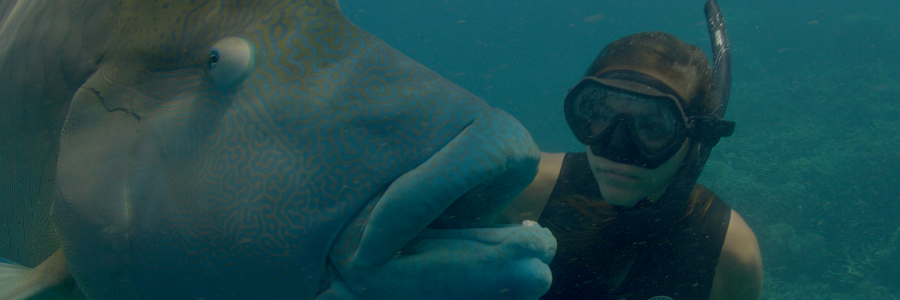
BROADCAST ARTICLE
Presenter Lizzie Daly on getting breathtakingly close to the wildlife of some of Australia’s most remote locations
Credits
| Production Company | Big Wave Productions |
| Commissioner | Alison Barrat, Love Nature |
| Presenter | Lizzie Daly |
| Series Producer/Director | Mark Woodward |
| Executive Producer | Emma Ross |
| Underwater Cinematography | Biopixel |
| Post House | The Edit |
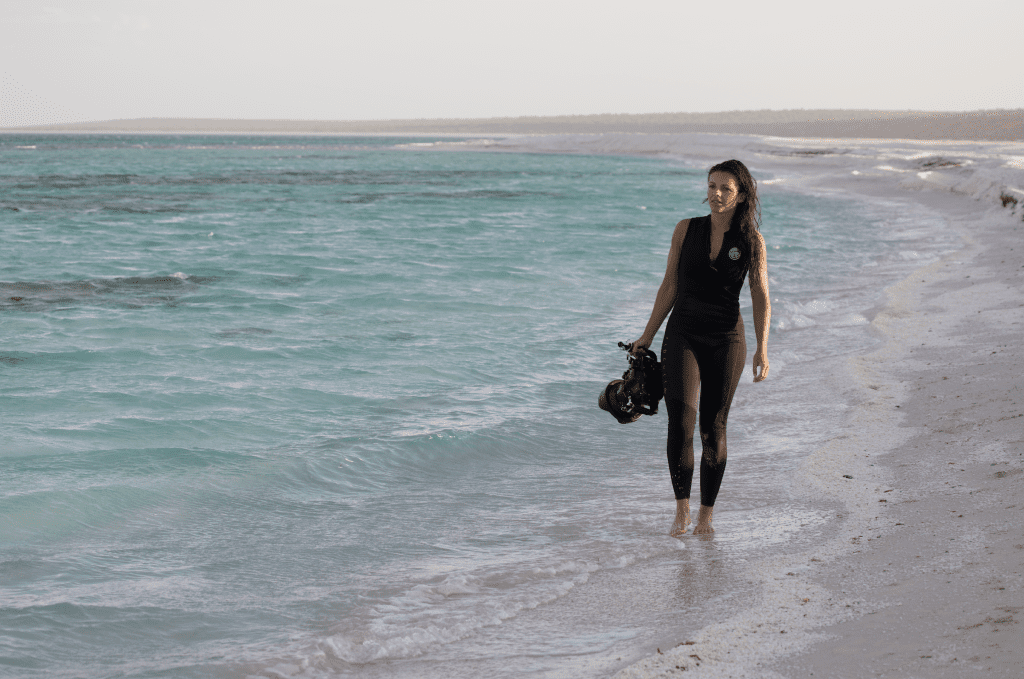
Telling the story of Australia’s extraordinary marine life was one of the most challenging and memorable of my presenting career.
With a limited budget, our tight crew of three, including series director Mark Woodward and topside camera and drone operator Ewan Allport, had just 6 weeks to cross most of a continent.
From the tropical seas of the North, to the freezing waters of the South and the desert coast of the West, we worked long days, covering over one thousand miles in a series of rented Land Cruisers, often sleeping out in swags and grabbing breaks where we could. But this bootstrap approach allowed us to react to the vagaries of wildlife and weather in a way that a larger production couldn’t. And doing it tough meant we could really get under the skin of this amazing country.
But how could our nimble crew with an ambitious hit list of marine encounters overcome the notoriously high costs of underwater filming? Cleverly, one of the first and most important decisions the production team made was to focus all our efforts on freediving and not scuba diving. This meant we didn’t need an expensive HSC safety team, large dive boat or cumbersome air tanks – just fins, snorkel, a good pair of lungs and some great contacts.
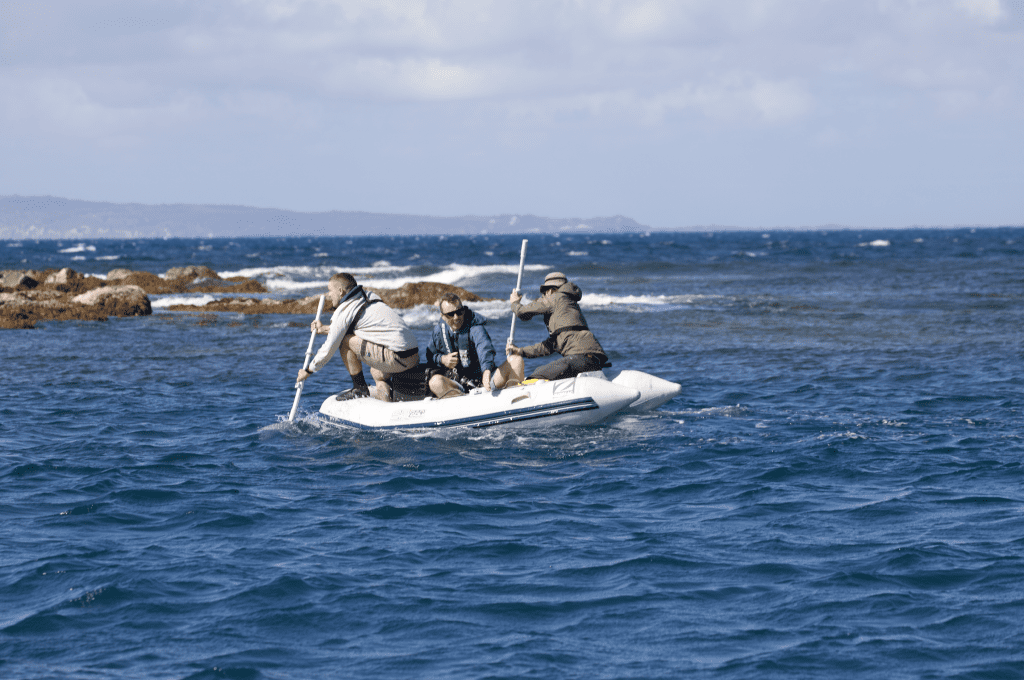
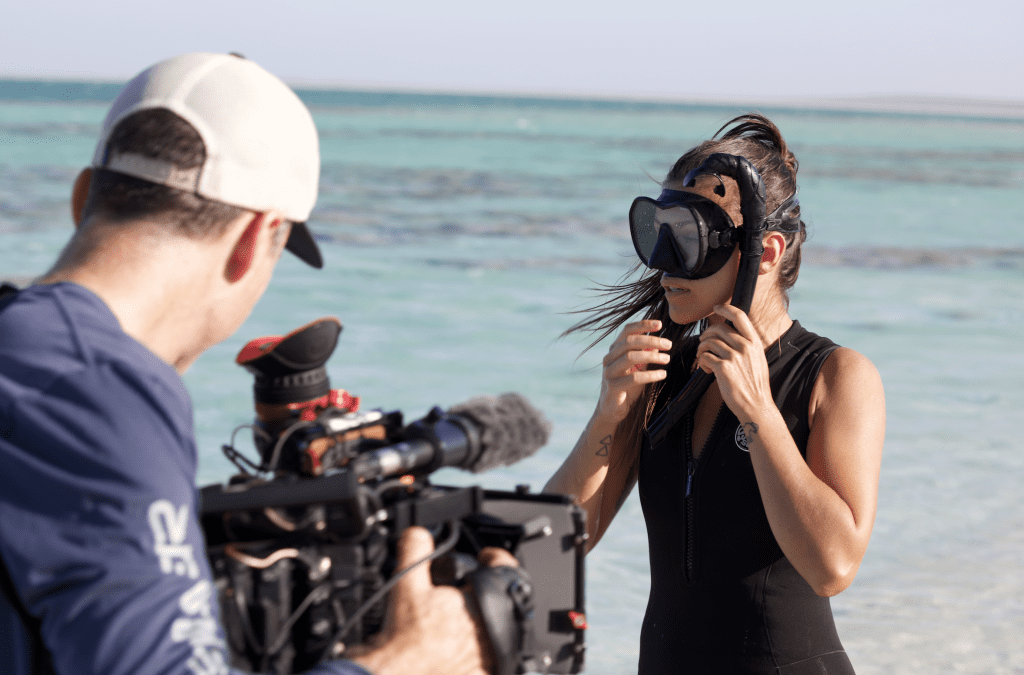
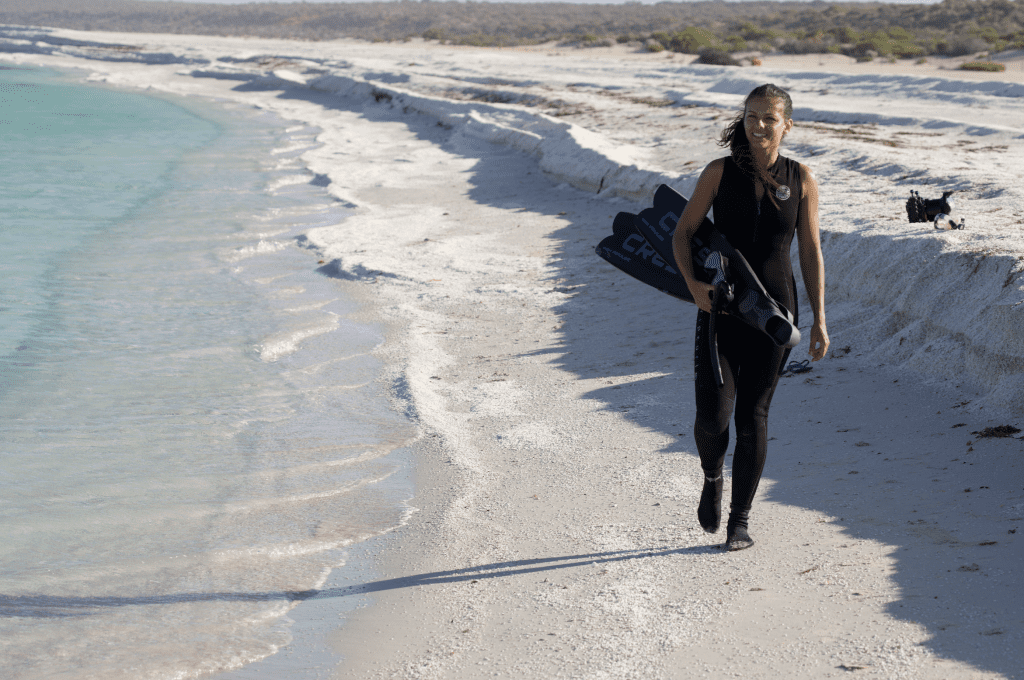
In the months before the shoot, I practiced my breathing techniques until I could hold my breath for 1-2 minutes comfortably. And in the field, I worked closely with our underwater camera operator Richard Fitzpatrick to coordinate surface breaks and communicate with hand signals. This simple, paired-back solution proved to be less disruptive to the marine life and afforded us some amazing interactions. We had an extraordinary encounter with a 6-foot Māori wrasse on the Great Barrier Reef who followed me around like a puppy, and I fulfilled a life-long dream of swimming with tiger sharks, one of the world’s most impressive predators.
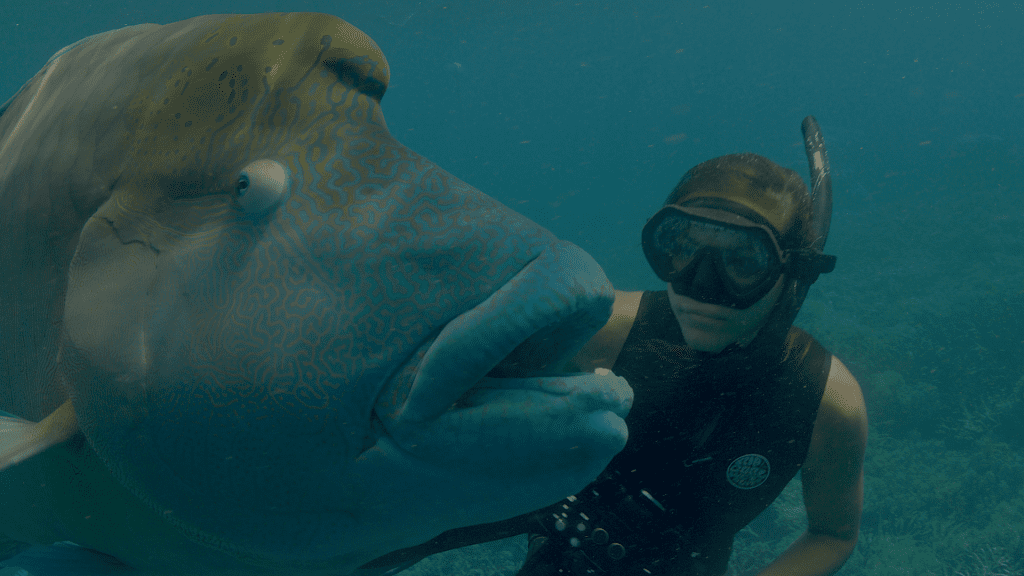
From box jellyfish to venomous stonefish, our encounters with dangerous marine life were many. On our first and most northerly leg of the expedition, we drove straight into some late monsoon rains that turned the coastal roads of the Northern Territory into rivers.
I’d completed an advanced 4×4 off-road course, but nothing could have prepared me for this. In the UK, you’re advised to walk in front of the vehicle checking the depth of the water to make sure the car can get through, but the Northern Territory is home to over 100,000 saltwater crocodiles and any one of them could have been waiting in those flooded roads. So, we just crossed our fingers and drove through. It’s not the kind of production challenge you normally face.
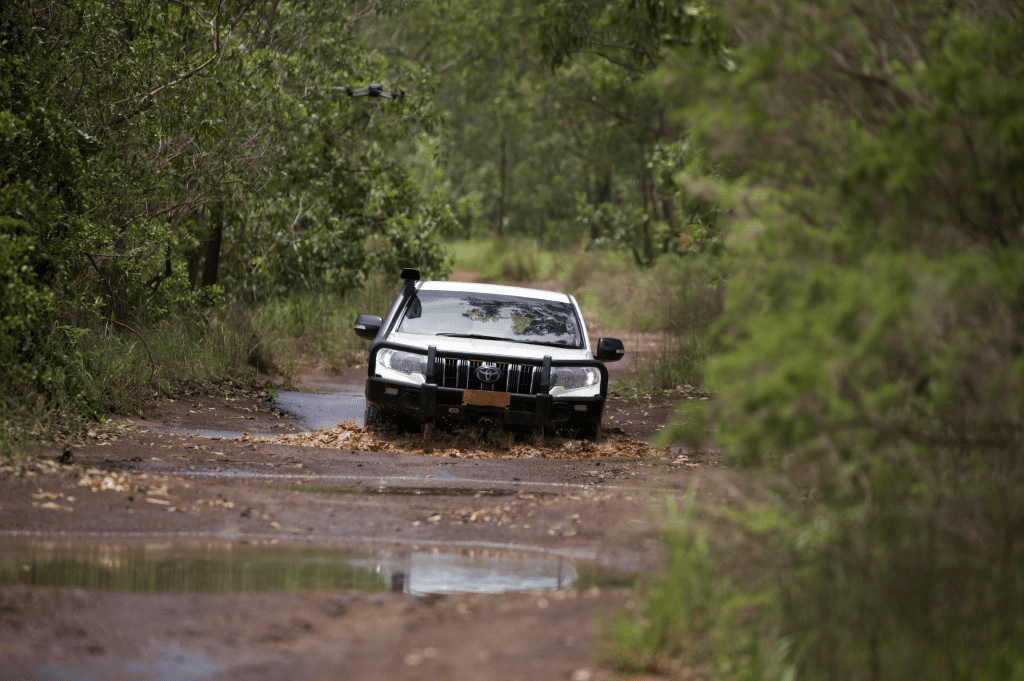
That night we slept wild on a beach where, months before, a fisherman had been killed by a saltwater croc. With 80% humidity and no electricity to charge our batteries or power a fan, the tent I’d been filmed putting up was just too hot to sleep in. So, under the instruction of our local guide, we found some high ground to lay our swags. And as the sun set, we watched the crocodiles’ eyes line up in the shallows. Between the heat, the mosquitoes and the crocs, I don’t think any of us slept well that night. But still, we had to film the next day.
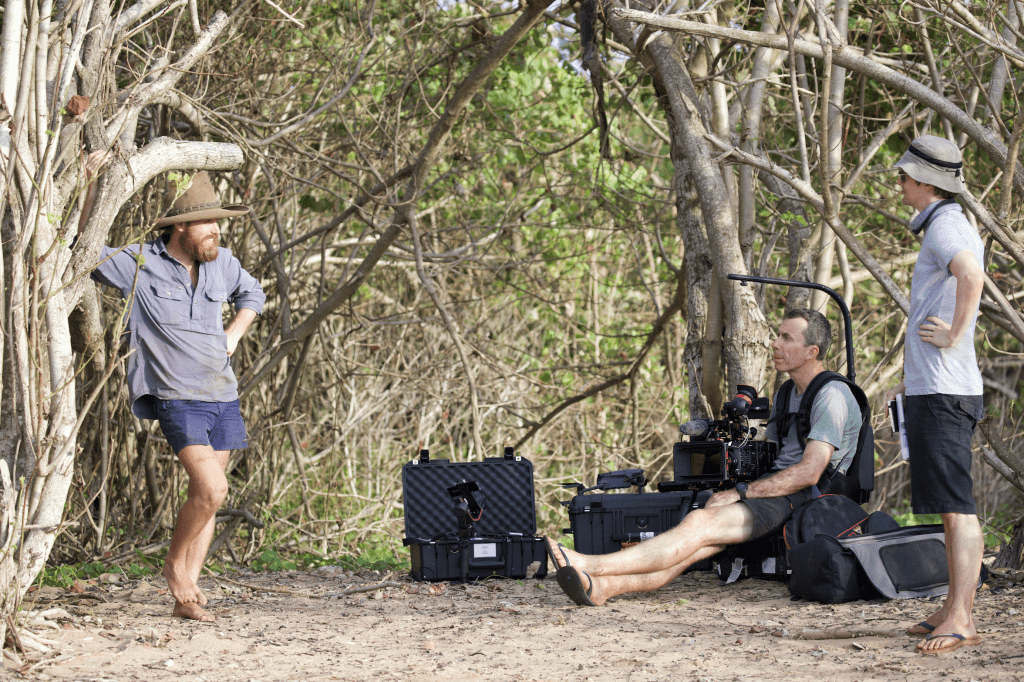
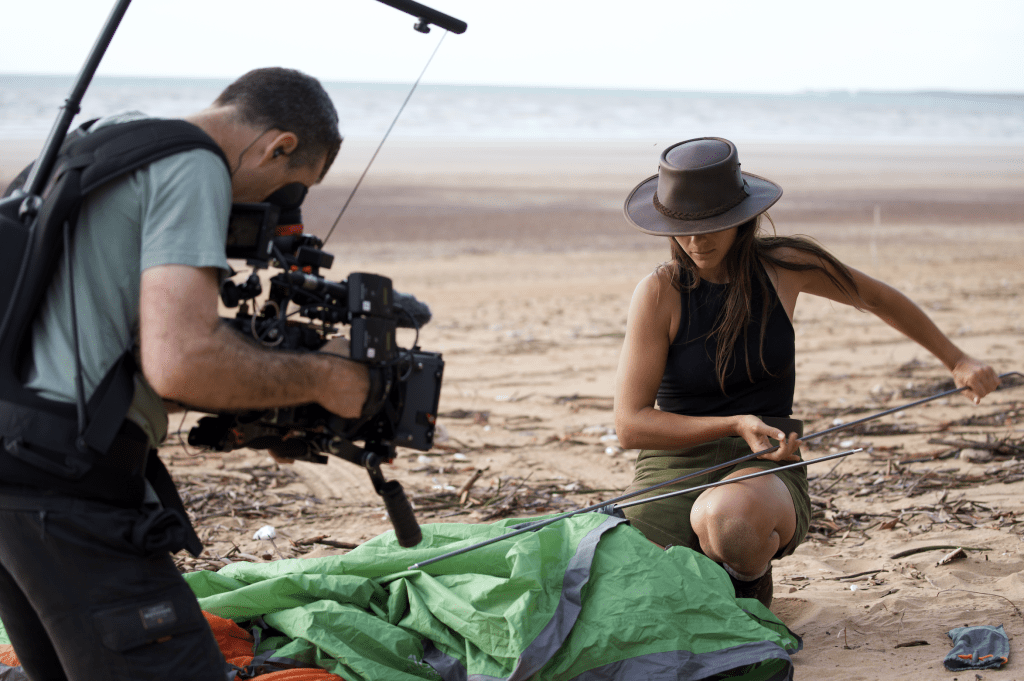
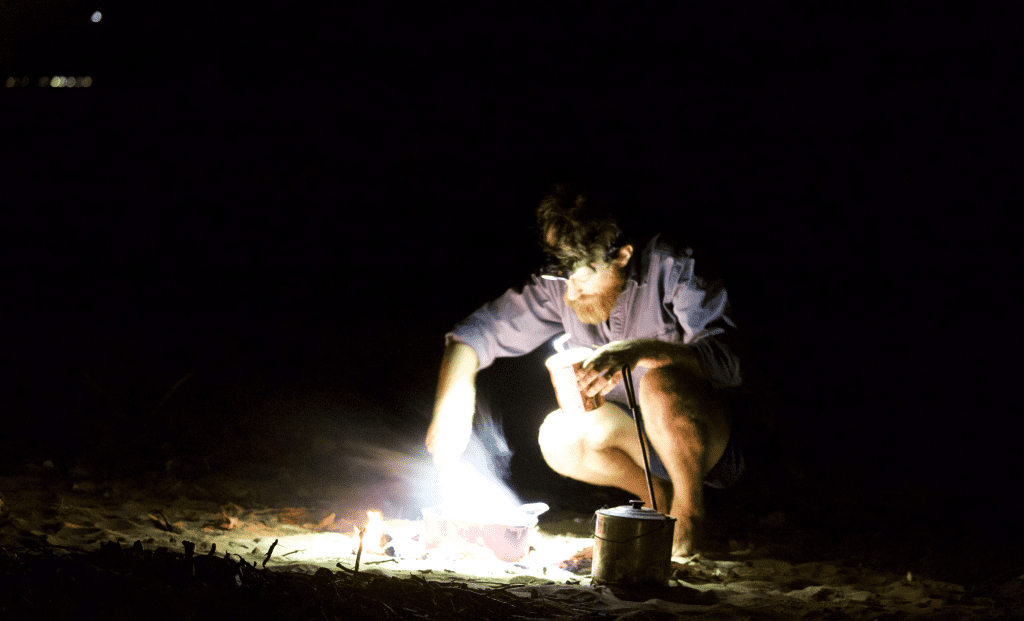
There were a few close calls but, in the end, it wasn’t the marine life that would put our lives in danger. The most dangerous moment for the crew came on the aptly named ‘Dangerous Reef’, over 20 miles off Port Lincoln, and home to one of the last populations of Australian sealions. It was the beginning of the breeding season; the big males were being fiercely territorial and the females with pups even more hostile.
As we filmed, we were chased around the island and so distracted, we didn’t notice our tender had lost its moorings and was floating out to sea. Without thinking, I jumped straight in and swimming fully clothed, destroyed a mic but got the tender back. It was only afterward I remembered these waters are home to Australia’s largest population of seal-eating white sharks.
If that was the most dangerous, the most memorable was without a doubt our dive on Wolf Rock in Eastern Australia. We had scheduled a rare scuba dive to see a special deep-water inhabitant. But as we drove south, the weather moved in and at the eleventh hour, we were forced to find a new location. With ripping currents and building winds, we only had a small window to film before conditions became too dangerous.
I followed a rope into the depths for one of the most extraordinary marine encounters of my life. In the darkness, we were met by over 40 grey nurse sharks. With distinctive hooked teeth, they circled and bumped us to investigate who we were. There were many extraordinary moments in this production but that encounter, to be so close to so many predators, was just extraordinary.
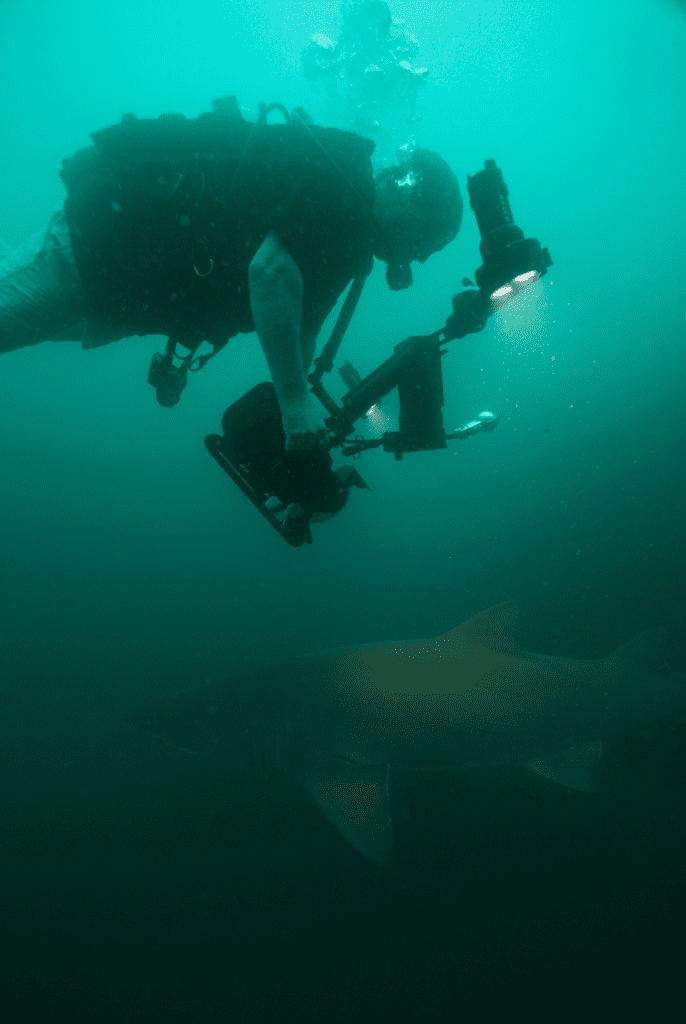
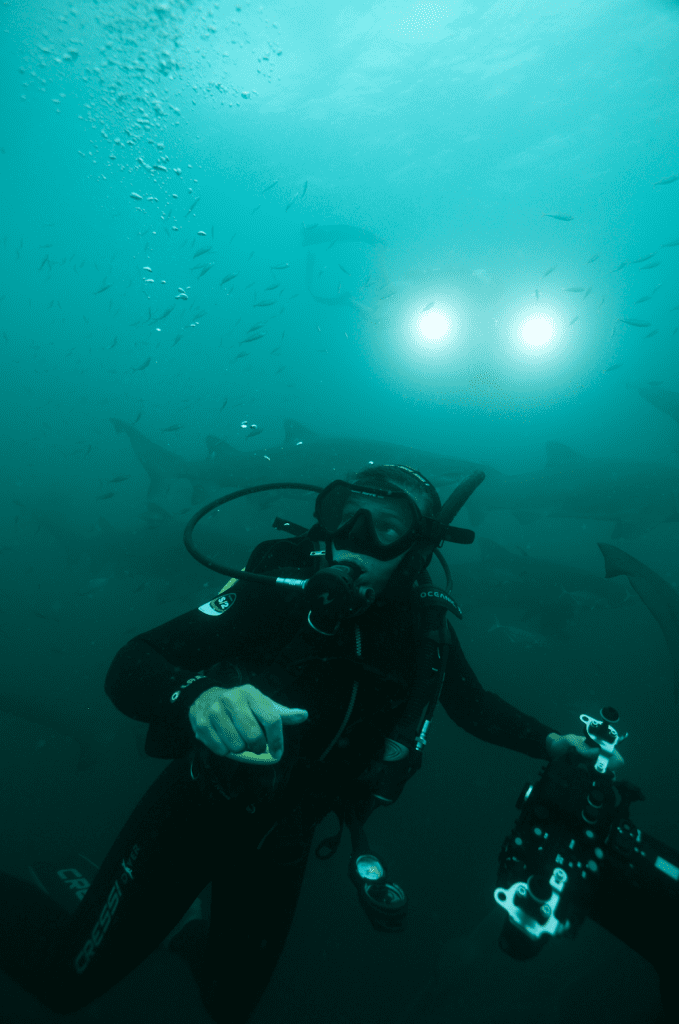
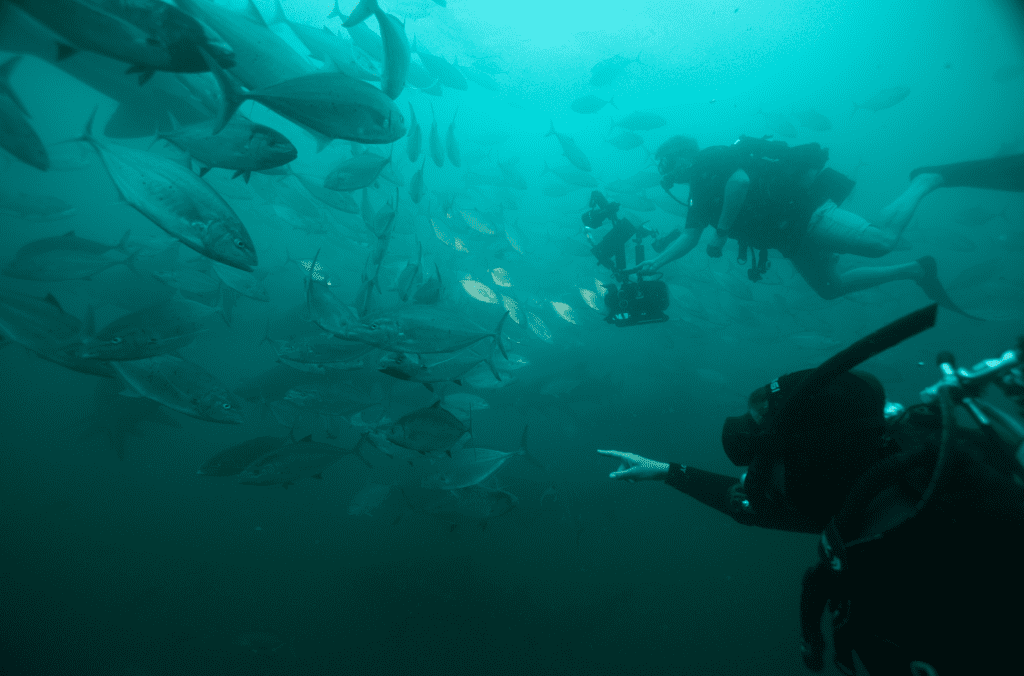
My Tricks of the Trade – Lizzie Daly
- A small mobile crew allowed us to be flexible and make the most of weather and wildlife opportunities.
- Drop the tanks and pick up the snorkel. Freediving is a great option for any marine production. With no bubbles, you can even get some great behaviour.
- React to what’s happening to you on the ground rather than following the script, nothing is more amazing than reality.
- Relationships on an intense shoot like this are so important. Take the time to meet the crew before you embark on such an adventure.
- Support each other. Everyone was relentlessly upbeat and that made such a big difference. Despite being tired, hot, and covered in flies, it was a very happy trip.
- Come with a great playlist for the long drives. We all had very different tastes and had a lot of fun hearing stuff we wouldn’t usually listen to.
- Download some great podcasts. To switch off, my guilty pleasure is listening to True Crime or a Tooth and Claw animal attack story. This is a great way to break up the day.
Capturing the beauty and the challenges
Series producer/director, Mark Woodward
The challenge facing the production team on this series was how to deliver a blue chip marine adventure on a modest budget. Fortunately, Big Wave have been making wildlife documentaries in Australia for over two decades, so we had a network of biologists and underwater camera operators to call on.
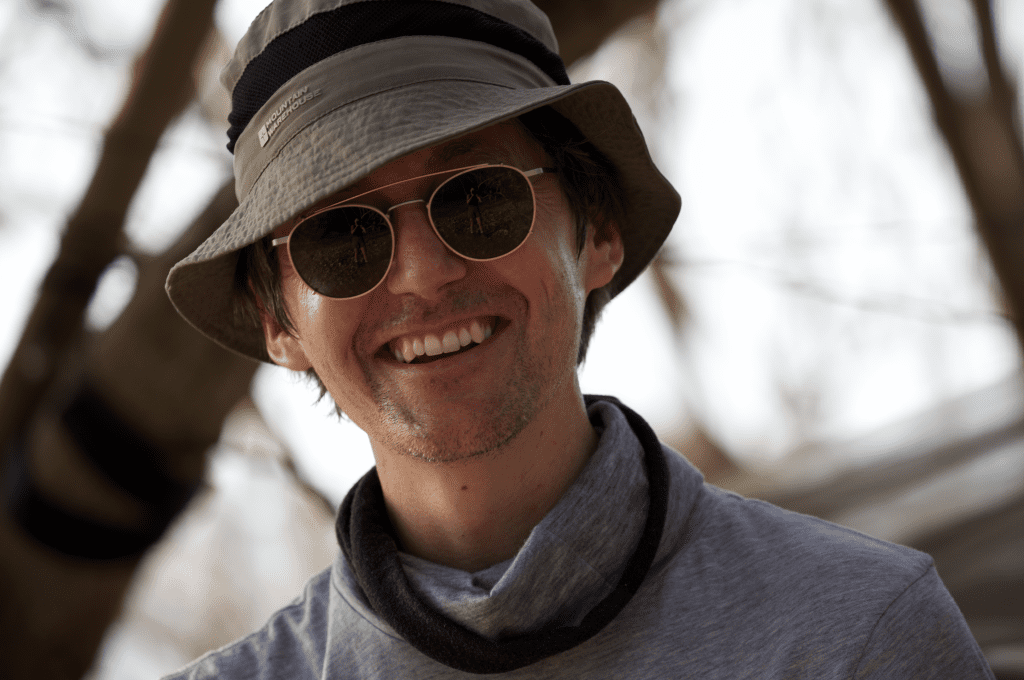
This local knowledge proved to be invaluable. It meant that, rather than spending weeks exploring each new location, we could spend a single day with a camera operator who could take us straight to the lair of a grey nurse shark, or to the hideout of tiny clownfish. Picking up local crew also meant we could pack light. Well, lightish!
Just myself, our presenter Lizzie Daly, DOP Ewen Allport and 20 bags of kit stuffed into a Toyota Landcruiser. We wanted the road trip around Australia’s shores to be as authentic as possible, so we spent hundreds of hours in that vehicle taking it in turns to drive through some of the most incredible scenery on the planet while the non-drivers selected the sound track.
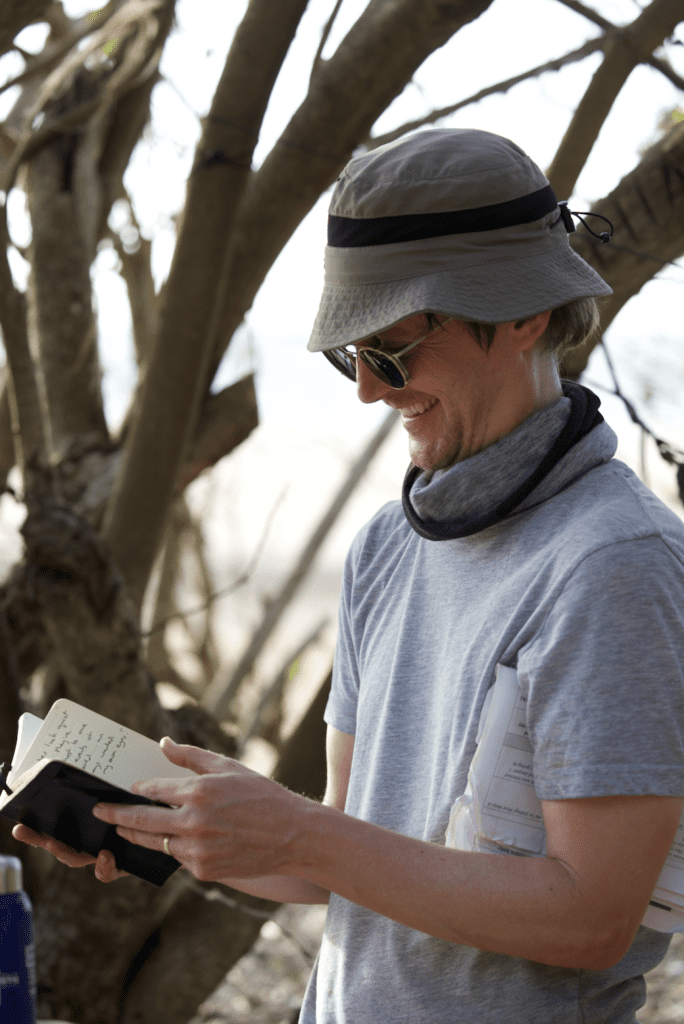
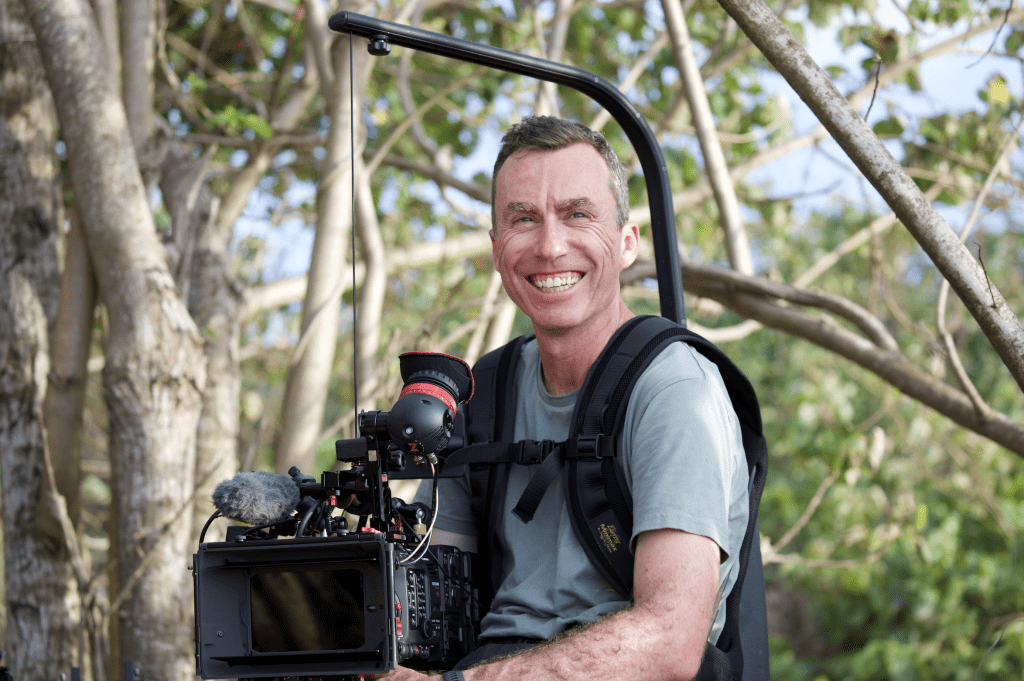
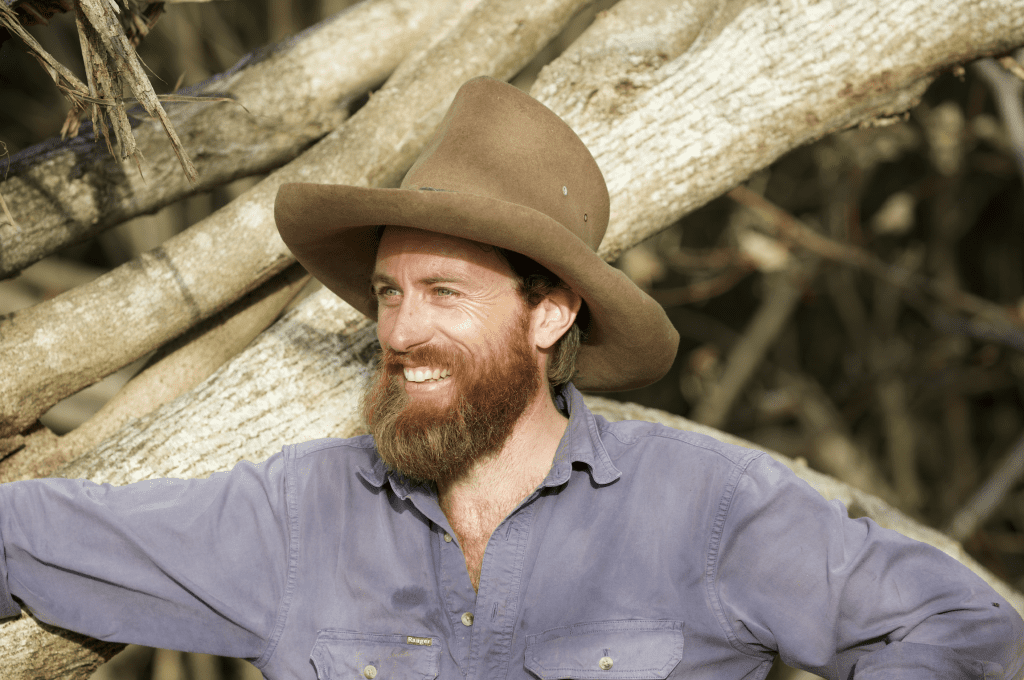
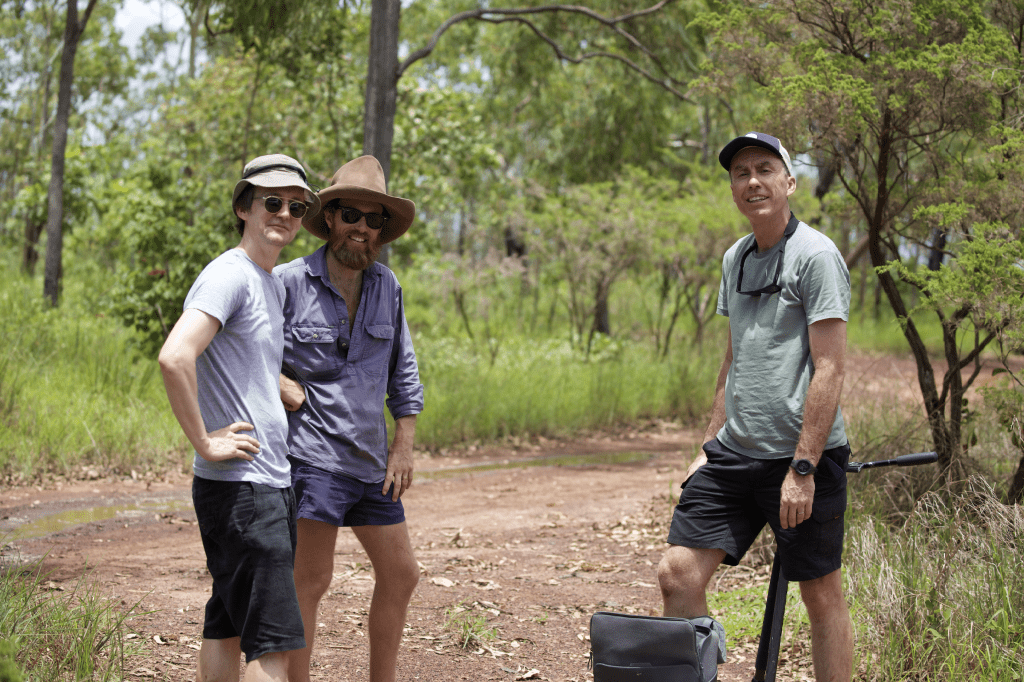
The road trip became central to the series. Whenever we came across a problem, like a flooded road, we turned this into a new sequence. We also camped at several locations without power, so learning how to conserve battery life and shooting judiciously became important. It took me back to my first experiences in TV working with expensive film.
Inside the car, space was at a premium so we opted for the Sony A7S mkiii and gimble set up for the interior scenes, and a Canon C300 mkiii for the rest of the actuality. We worked with prime lenses to help these topside scenes match the glossy beauty of the underwater footage. We also found the DJI Mavic 3 Cine to be an invaluable tool. It gave us cinematic aerials from a machine that fits inside a rucksack. There were times, as I was chased into the surf by a territorial sea lion, or covered in sand flies where I questioned the sanity of such an ambitious shoot, but looking back, it was one of the most memorable and special trips of my life.
